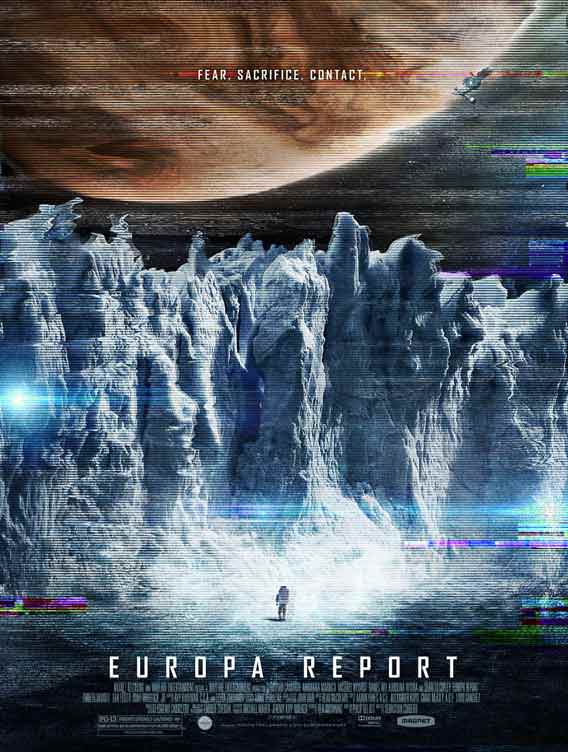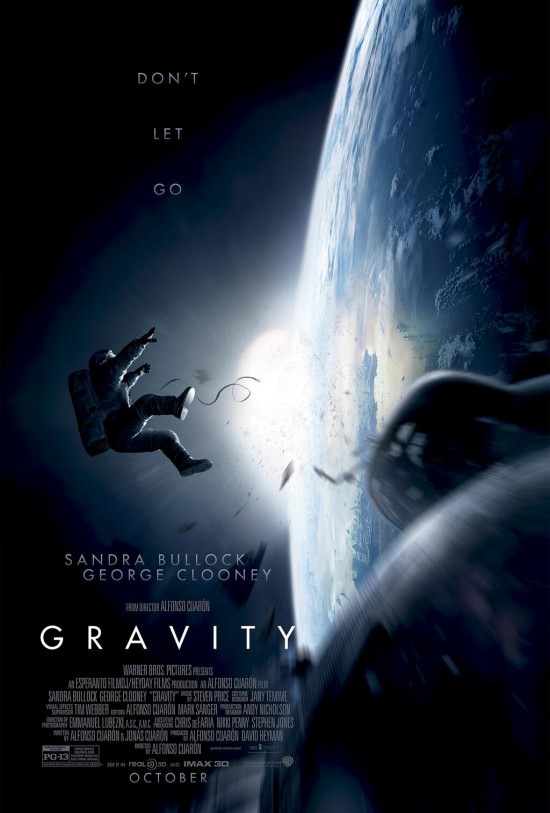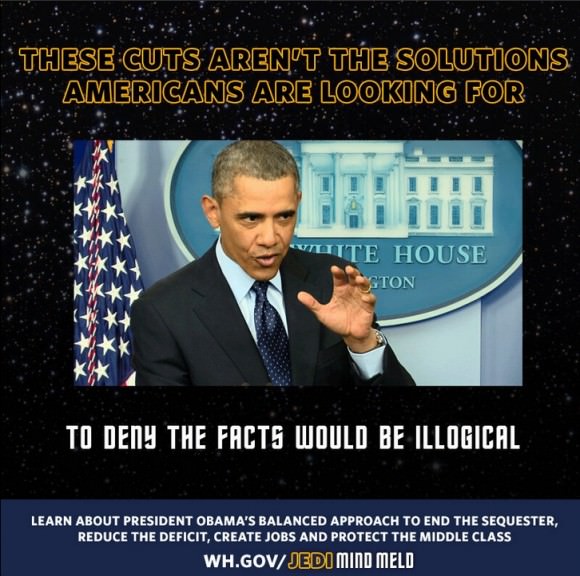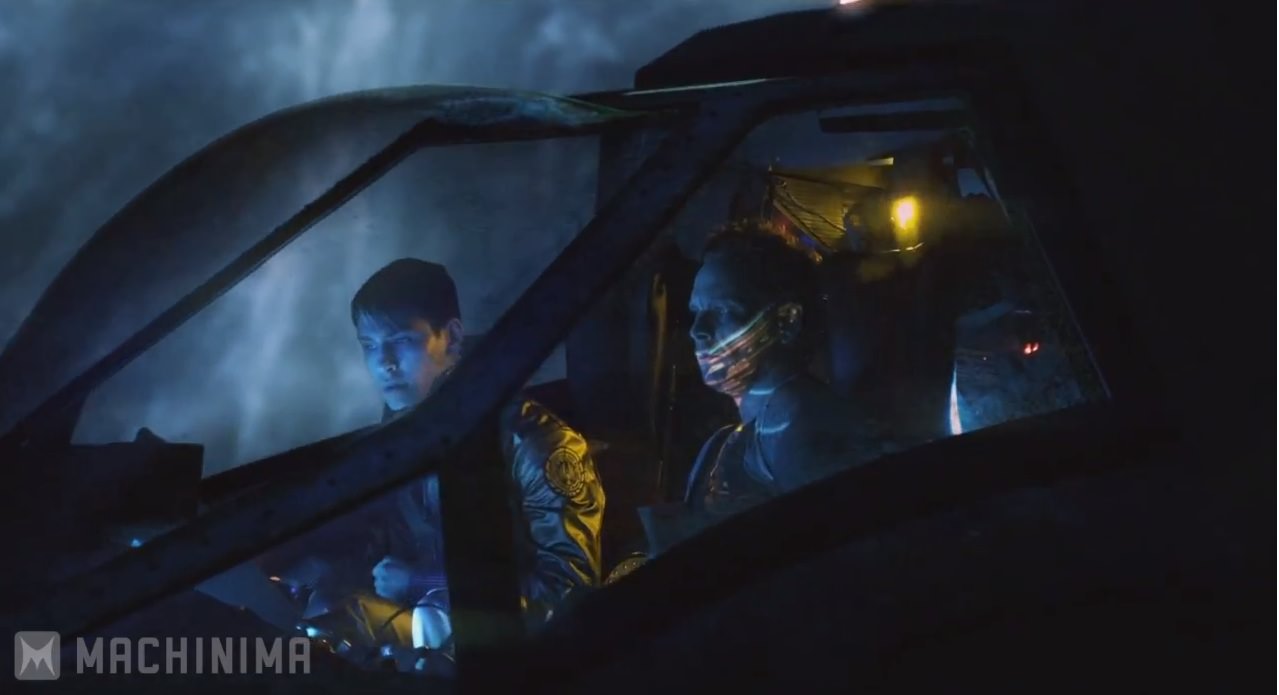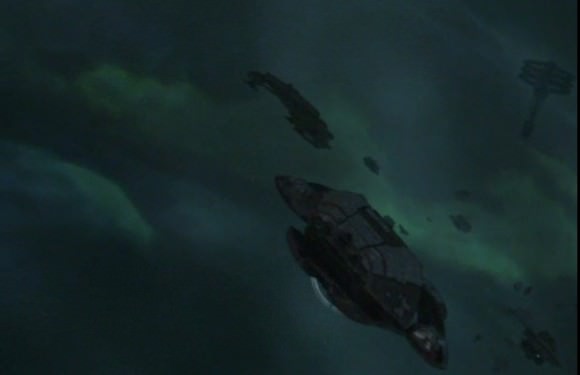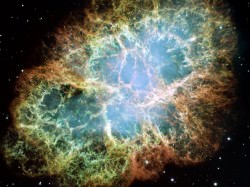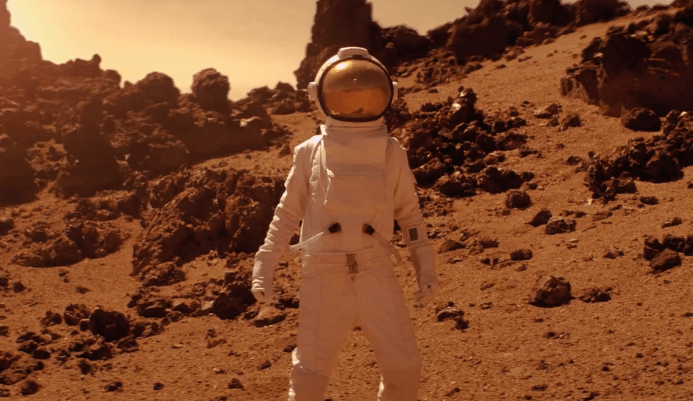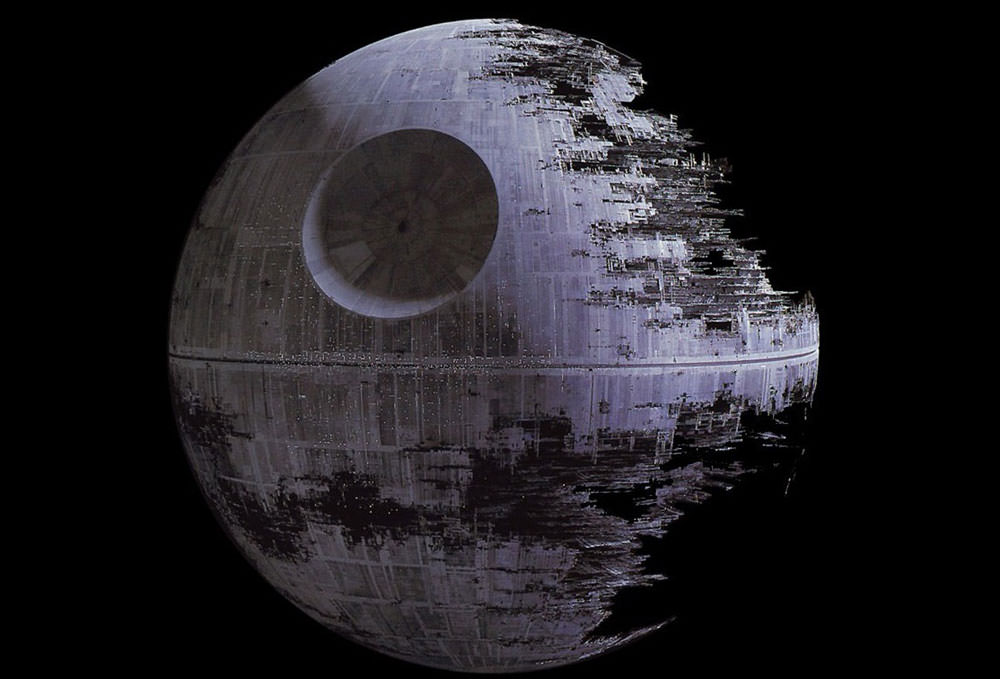“Pilot,” a new sci-fi thriller, follows law enforcement officer Legitt Redd, as he finds himself in the middle of an extraordinary set of circumstances. It is set in a solar system where humans occupy 6 life-supporting planets. Each planet has a different role to the civilisation, one being an energy source, another a prison, another a holiday destination, for example. Legitt is a low ranking officer whom serves for the oppressive government, ‘The Ministry.’ He is introduced as a fairly ordinary, uninspired man whose main duty is to transport prisoners to and from the Prison planet Gorby for processing. He has a long standing friendship and affiliation with one such prisoner – Afyd Geller whom has a reputation as a leader in the underworld and has the respect of many amongst law enforcement. Once a free man, Afyd often invites Leggit for drinking sessions. It‘s on one of these ordinary drinking sessions that the out-of-the-ordinary sequence of events begins. After a few adventure and violent encounters, they travel to the Litton where the apparent real figure head of the underworld resides. Leggit find out that the mythical ‘boogie man’ of child stories of old, Murlon Furlong is in fact a real person, and the all-powerful ruler of criminals.
Murlon sets Leggit, Afyd and other members of this motley crew, on a task to kidnap a spiritual leader. There is a back story of the civilisation’s theology which, in short includes the beginning of time and the eventual coming of salvation.
When this goes horribly wrong Legitt realises his true potential, and attempts to conquer Murlon and avoid swift and violent punishment of The Ministry. This means a whole lot more than he realises and intends the reader to question what is good and what is evil.
This book has great potential. Author R.D. Drabble paints pictures with his words, as if he can see them all around him. Initially this was inspiring to read. You can really imagine the frames in which Drabble was describing. But this positive is also a negative and too much visual description means at times it reads like a script, rather than a novel. There is only the present tense and only one story line, which leaves the reader feeling a bit flat with this one dimensional presentation of an otherwise interesting plot. It would have been a lot more enjoyable if there was a sub-plot or scenes that did not include the main character. Even though Leggit was in every scene, I still felt I didn’t have much insight into him as a character.
Having said that, there are definitely great moments. The technological creations and concepts found in Pilot are really inspiring. They seem to mix the spiritual human elements with technological fantasy. And the Drabble paints an Orwell-esque picture of the Ministry ruled worlds, and there were some phrases that were so poignant and poetic, that is will make you read them twice. The book starts of in a very certain black and white view of the world but progresses a grey outlook, at the same time that character Legitt questions his own morality in certain situations.
But these great moments are sandwiched between cliché, yet lovable characters and the many un-foreshadowed random unnecessary scenarios. There is an appendix of illustrations to support the story lines and backstories, but these don’t really add value or are explored.
Having said that it is clear that Drabble has an amazing amount of imagination. The 6 worlds and their stories are quiet intricate and to be honest, could be explored further in future books. I hope Drabble can express this obvious talent of imagination in future stories, especially if they are in comic or graphic novel format.
Overall, it’s a great read with some cool concepts.
R.D. Drabble is an electrician and science fiction fanatic who has had a lifelong obsession with the strange and inexplicable. It was his love for the unusual that inspired him to write his debut novel Pilot.
Pilot is available on Amazon.com and Lulu.com

